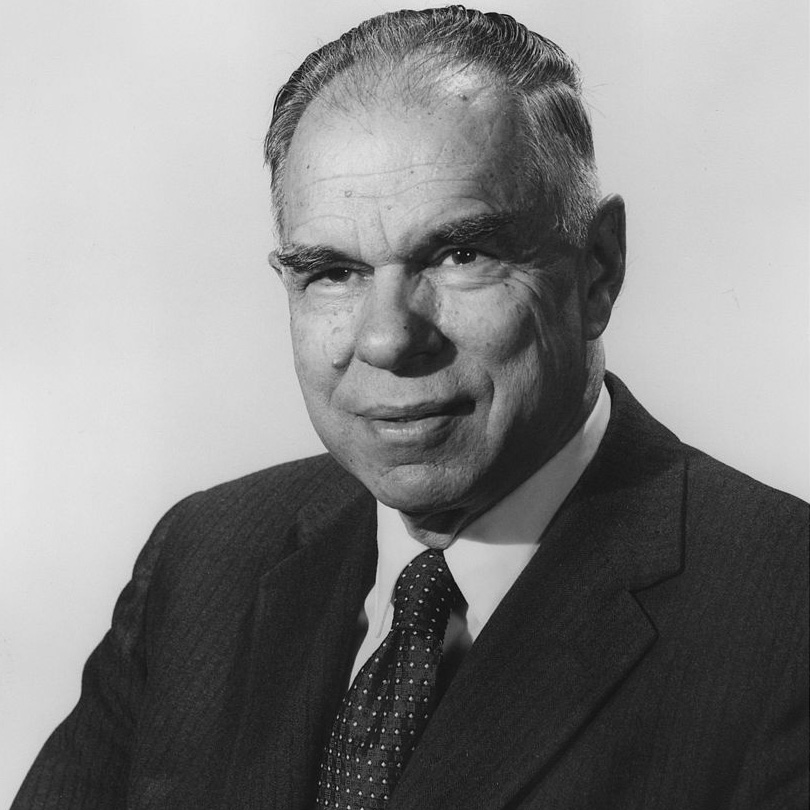Seaborgium
106
Sg
Skupina
6
Perióda
7
Orbitál
d
Protóny
Elektróny
Neutróny
106
106
156
Hlavné vlastnosti
Protónové číslo
106
Atómová hmotnosť
[269]
Hmotnostné číslo
262
Kategória
Prechodné prvky
Farba
n/a
Rádioaktívny
Áno
Named after Glenn Seaborg, American nuclear chemist and Nobel prize winner
Kryštálová sústava
n/a
História
Scientists working at the Joint Institute for Nuclear Research in Dubna, USSR reported their discovery of element 106 in June 1974.
Synthesis was also reported in September 1974 at the Lawrence Berkeley Laboratory by the workers of the Lawrence Berkeley and Livermore Laboratories led by Albert Ghiorso and E. Kenneth Hulet.
It was produced by collisions of californium-249 with oxygen atoms.
Synthesis was also reported in September 1974 at the Lawrence Berkeley Laboratory by the workers of the Lawrence Berkeley and Livermore Laboratories led by Albert Ghiorso and E. Kenneth Hulet.
It was produced by collisions of californium-249 with oxygen atoms.
Elektróny v obale
2, 8, 18, 32, 32, 12, 2
Elektrónová konfigurácia
[Rn] 5f14 6d4 7s2
There are 12 known isotopes of seaborgium
Fyzikálne vlastnosti
Skupenstvo
Tuhé látky
Hustota
35 g/cm3
Teplota topenia
-
Teplota varu
-
Skupenské teplo topenia
n/a kJ/mol
Skupenské teplo varu
n/a kJ/mol
Tepelná kapacita
- J/g·K
Množstvo v zemskej kôre
n/a
Množstvo vo vesmíre
n/a

Zdroje obrázkov: Wikimedia Commons (Atomic Energy Commission)
Prvok je pomenovaný po Glennovi T. Seaborgovi, jadrovom priekopníkovi a komisárovi Komisie pre atómovú energiu
Registračné číslo CAS
54038-81-2
PubChem CID číslo
n/a
Atómové vlastnosti
Atómový polomer
-
Kovalentný polomer
143 pm
Elektronegativita
-
Ionizačný potenciál
-
Atómový objem
-
Tepelná vodivosť
-
Oxidačné stavy
6
Aplikácie
Seaborgium sa používa výlučne na vedecké výskumné účely.
Seaborgium is harmful due to its radioactivity
Izotopy
Stabilné izotopy
-Nestabilné izotopy
258Sg, 259Sg, 260Sg, 261Sg, 262Sg, 263Sg, 264Sg, 265Sg, 266Sg, 267Sg, 268Sg, 269Sg, 270Sg, 271Sg, 272Sg, 273Sg